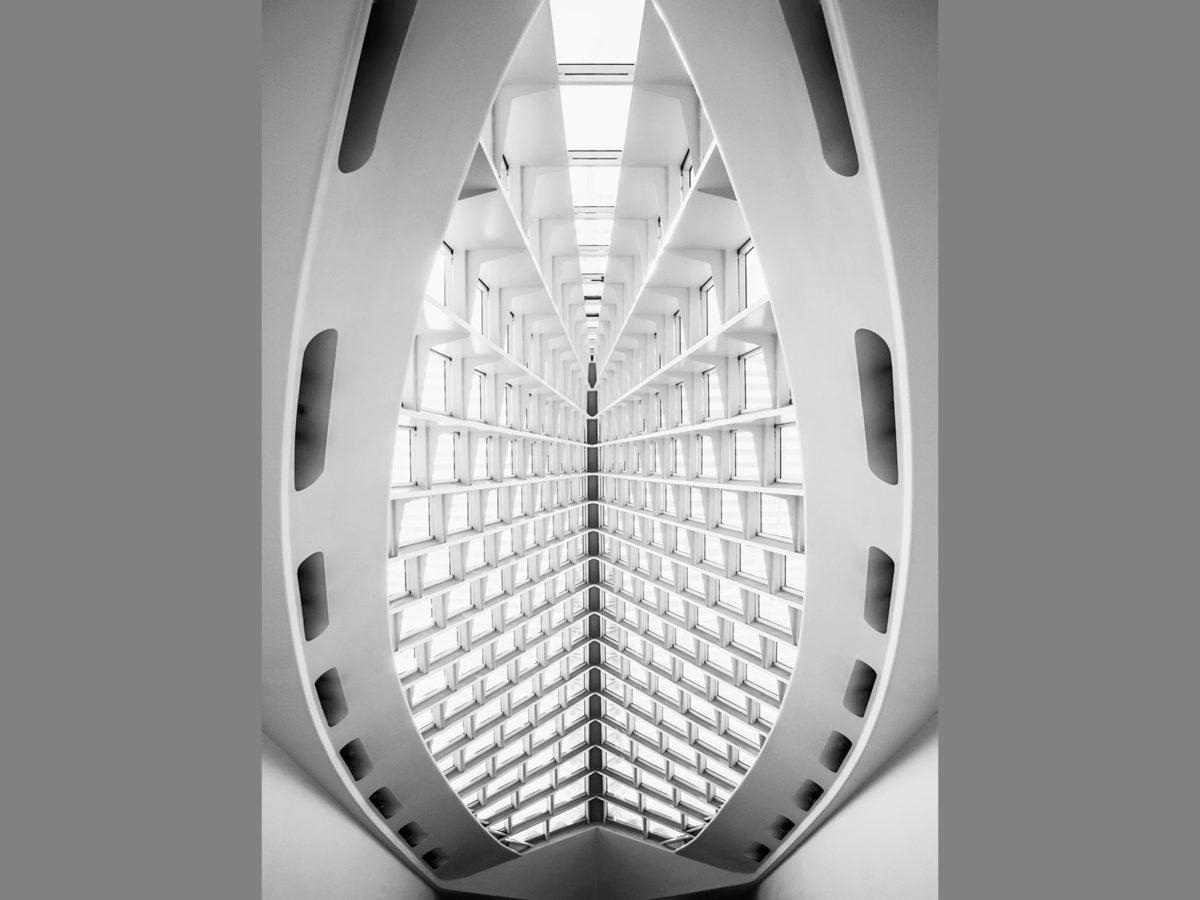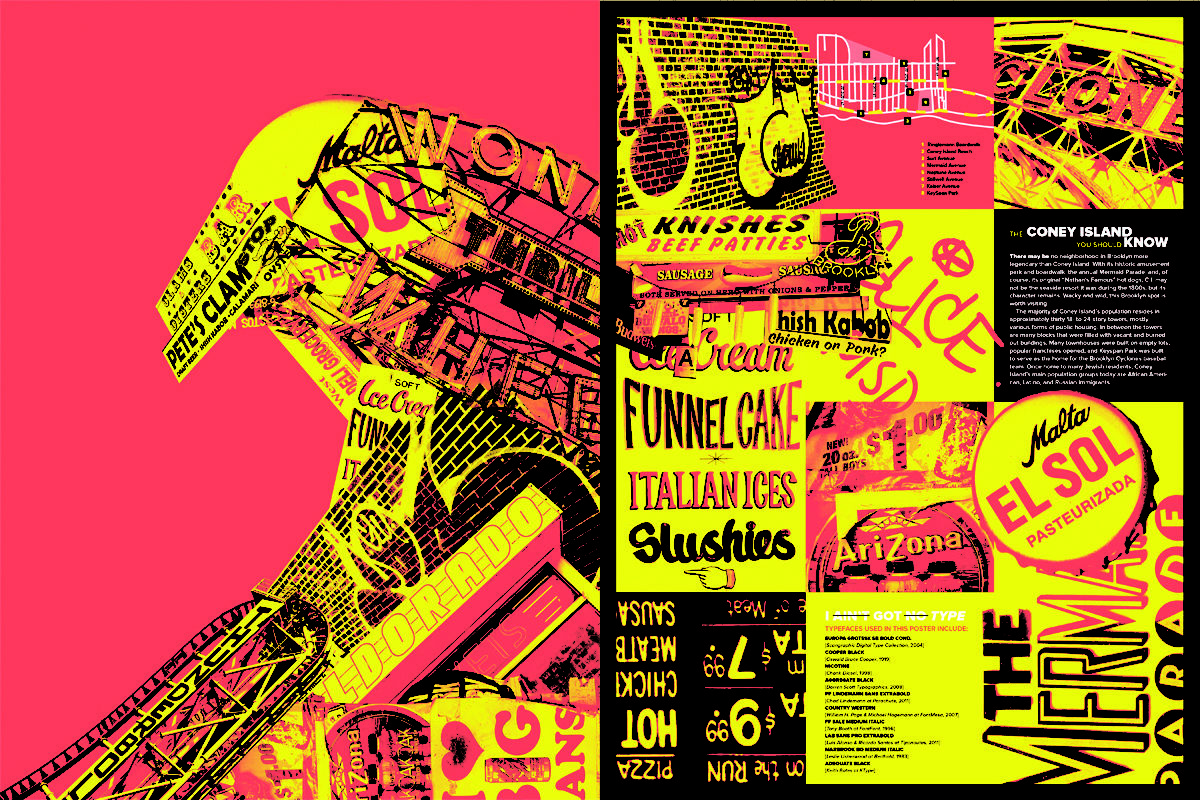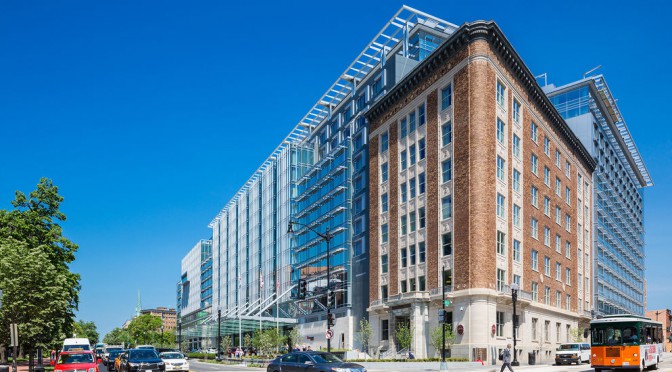Min K. Pak
Assistant Professor of Graphic Design
Art & Design
University of Southern Indiana
Photography reflects memory, allows us to ponder our past thinking and past experiences in our environments. At the boundaries between graphic design and photography, we can observe patterns in urban environments and associate these patterns with recalled sounds and human emotions.
In 1923, Lucia Moholy (1894-1989) sought to capture a futuristic vision in Bauhaus architecture. Her photographs balance the clarity, simplicity, and asymmetry that represent Bauhaus’s spirit of utopian zest and vitality and openness of spirit. Indeed, Moholy’s extreme verticals, tilted frames, and abstract forms emphasize the simple, clean, beautiful lines characterizing Bauhaus architecture.
Since each building employs its own architectural language, I identify the words for these urban shapes, for their forms and structures—freeing these buildings from their specific spatial contexts so that we observe them individually, seeing beauty even in marginal details of everyday city life.
Beyond merely documenting discoveries in Moholy’s photographs, I explicate her new ways of seeing this geometric, abstract architecture as a response to reading the world’s simplicity and organic autonomy. I contend that we designers must delve beneath the obvious principles of Bauhaus purity and minimalism to comprehend how human memory and sense perception contribute to our experience with both photography and Bauhaus.
This research was presented at the Design Incubation Colloquium 4.4: Parsons Integrated Design on Thursday, June 14, 2018.


